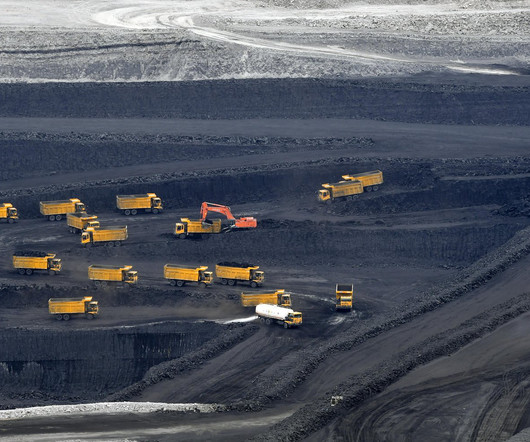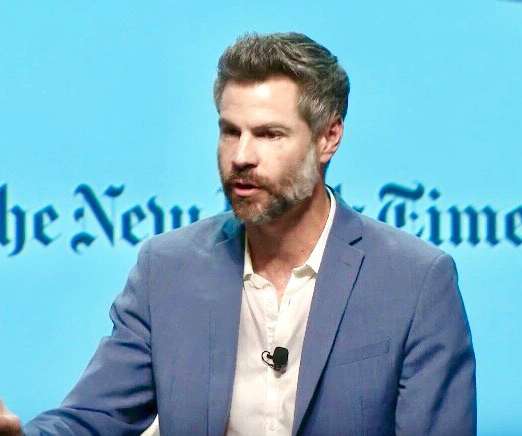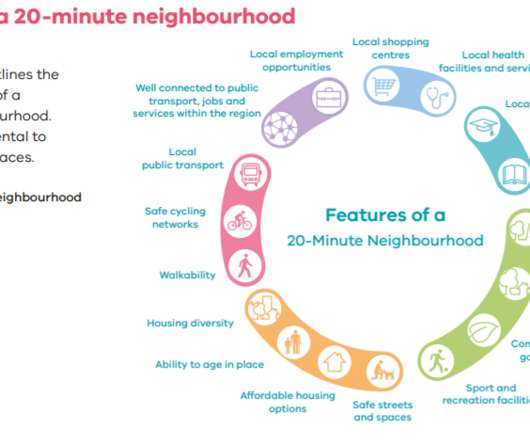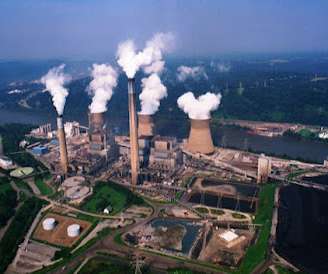PJM Interconnection Forecasts Adequate Electric Generation For Typical Summer Demands; Preparing Demand Response Resources To Reduce Power Use In Extreme Scenarios
PA Environment Daily
MAY 9, 2025
PJMs record summer peak load was set at 165,563 MW in 2006. The National Weather Service predicts hotter-than-normal summer conditions, especially in the Atlantic seaboard states. Last year, PJMs summer peak was about 152,700 MW, and 147,000 MW in 2023. MW-Day For 2025/26 Delivery Compared To $28.92/MW-Day





















Let's personalize your content